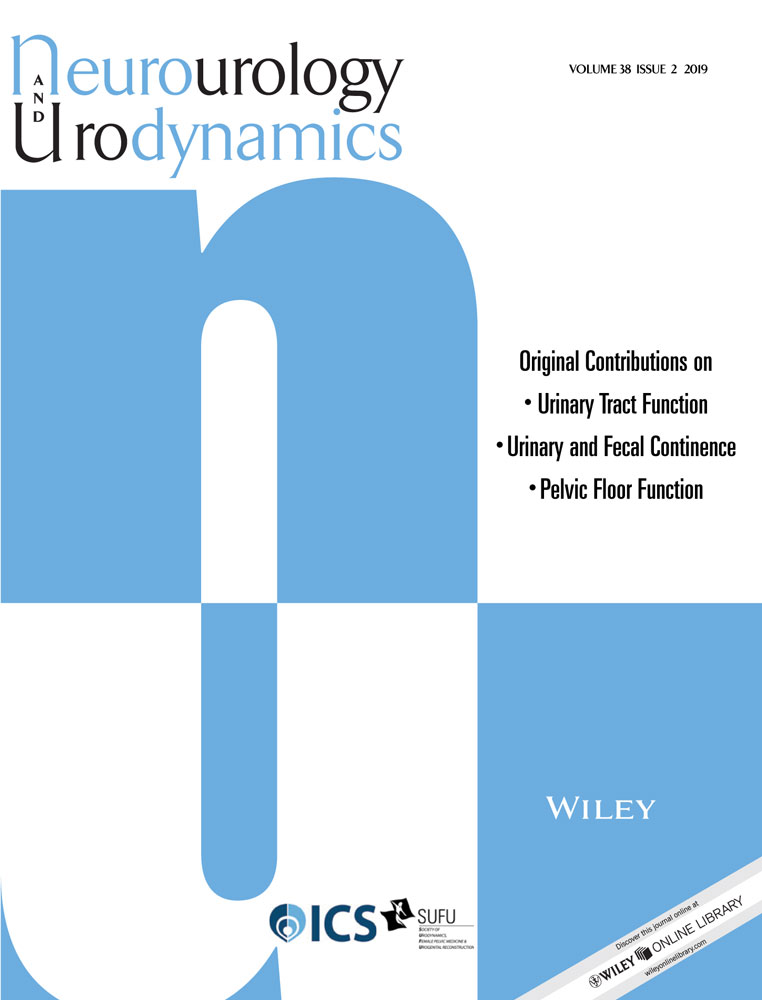Can you train the pelvic floor muscles by contracting other related muscles?
Abstract
Aims
The aim of this study is to assess whether contraction of muscles other than the pelvic floor muscles (PFM) would be of sufficient magnitude to provide a “training” effect for the pelvic floor.
Methods
Women were recruited via advertisement from a convenience sample of pelvic floor physiotherapists. A thin flexible array of pressure sensors (FemFit) was self-inserted into the vagina. Participants performed three maximum pelvic floor contractions and completed a randomized exercise protocol. Maximum pressures were determined for each sensor, for each exercise. Wilcoxon paired tests were used to ascertain the difference in pelvic floor muscle pressure between exercises, and between the pressures from the pelvic floor muscles sensors and those measuring abdominal pressure. Bonferroni correction α 0.005.
Results
Data was obtained from nineteen participants. Mean age 43 ± 11 years, BMI 22.4 ± 3.2 kg m−2. Mean PFM pressure for pelvic floor muscle contractions was 16.3 ± 12.2 mmHg. Pressure in the region of the pelvic floor was significantly higher during a targeted contraction compared to that for all other exercises, except for cough and curl-ups (P = 0.009, P = 0.013 respectively). PFM pressure was significantly higher than abdominal for PFMC, internal rotators and gluteals (P < 0.001).
Conclusion
Targeted PFM contractions develop higher pressures compared to abdominal pressure than any exercise tested in this study. The Femfit device was able to distinguish between abdominal and pelvic floor muscle pressures simultaneously. Exercising accessory muscles in an attempt to activate the pelvic floor sufficiently to illicit a training effect is not recommended.
CONFLICT OF INTEREST
There no disclosures for any of the authors. Funding was provided by the Ministry for Business Innovation and Employment, Endeavour Fund and Health and Research Council of New Zealand.




